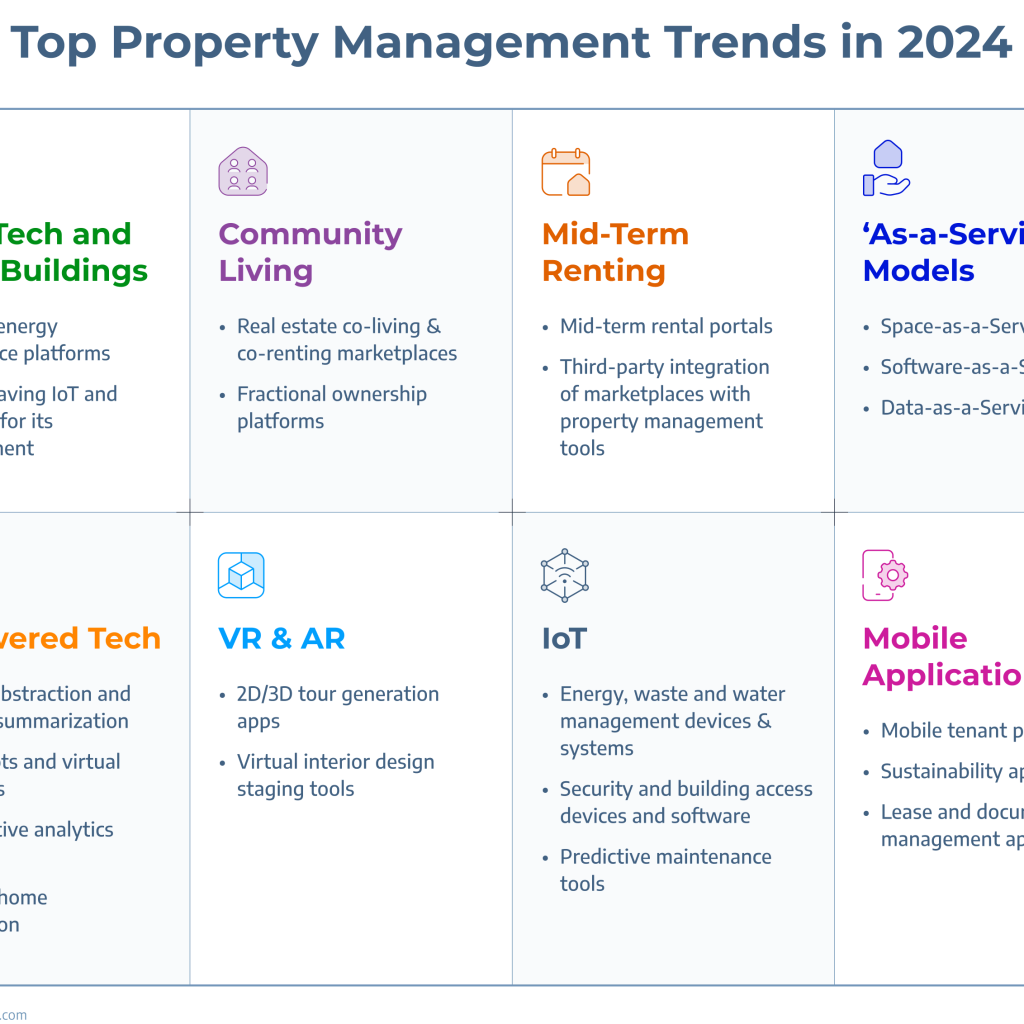In the year 2053, screens will be ubiquitous, and seamlessly integrated into our daily lives. Whether in the palm of your hand, inside autonomous vehicles, or even embedded in street signs, screens will be an integral part of the technological landscape. These displays will be thinner, brighter, and capable of rolling up like a magazine, thanks to advances in materials and technology.
What’s more, they will be incredibly affordable, with some even being offered for free as part of subscription services like BlueOriginals TV and streaming services from major conglomerates. Poly-screening, where individuals consume content from multiple personal screens simultaneously, will become a common practice.
Smartphones redefined
The concept of a traditional smartphone will transform by 2053. Instead of separate handheld devices, smartphones will be seamlessly integrated into headsets, earpieces, or even implanted directly into users’ brains. These devices will possess generative and cognitive AI capabilities, adapting to users’ habits and connecting effortlessly with other ambient devices.
Interaction with these devices will become less physical, relying more on predictive AI and voice commands. Innovative screen designs, such as rollable displays, will provide alternatives to traditional glass slabs.
Manufacturing in 2053 will address environmental concerns, including inequality, resource scarcity, and waste management. Companies like Fairphone will strive to create fully traceable supply chains, ensuring fair wages for all involved. Soluble printed circuit boards will enable easy disassembly and recycling of components, contributing to a more sustainable approach to technology production.
Health and fitness
In the future, health and fitness will be enhanced by Ozempic-style drugs to maintain slimness, while digital twins of fitness instructors will offer tailored workout sessions worldwide. Ultra-wideband chips will monitor movements with precision, ensuring proper form during exercise.
Smartwatches will evolve to monitor various health parameters, including blood pressure, glucose levels, and heart rate, contributing to more comprehensive health tracking. Wearable devices will not only provide individual health insights but also contribute to community-level health modeling, aiding in the prediction and management of outbreaks.
As the environmental landscape deteriorates, technology will play a crucial role in mitigating the impacts of climate change. Wearable air-quality monitors will provide real-time alerts for harmful pollutants, while mobile devices will scan food for toxins and microplastics.
Advanced air-filtration masks will become more breathable and reusable. Autonomous robots will assist in disaster management, from firefighting drones to rescue missions in rubble or navigation in flood-prone areas. Technology will transform emergencies into manageable situations.
Next-generation headphones
Over-ear headphones will become less popular in 2053 as smaller, lighter, and perfectly fitted headphones take center stage. Advanced materials and manufacturing techniques will allow for 3D-printed or molded headphones tailored to each individual’s ear shape.
Battery technology will also improve, harnessing body heat and movement to extend battery life. These headphones will serve as more than just audio devices; they will act as personal operating systems, facilitating various tasks with voice commands and taps.
The future of automotive technology
The automotive industry will continue to evolve, with improvements in battery technology, wireless charging, and potentially hydrogen fuel cells. Level 5 autonomous driving, where steering wheels become obsolete, will become the norm. Car ownership will give way to mobility-as-a-service (MaaS) in urban areas, with on-demand motoring and remote summoning of vehicles becoming commonplace.
In rural areas, the change will be less dramatic. Micromobility will surge, while new car sales stagnate. The societal shift will lead to more efficient and eco-friendly transportation solutions, reducing congestion and environmental impact.




